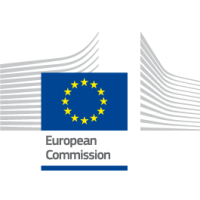
Supporting children’s numeracy: the role of the home learning environment
Children acquire many academically and non-academically relevant skills within the framework of the home learning environment, which is why this context plays a crucial role in the early and later development of children's competencies, including in the field of mathematics.
Description
Join the course on EU Academy: academy.europa.eu/courses/supporting-children-s-numeracy-the-role-of-the-home-learning-environment
Therefore, teachers and educators should be aware of how parents can effectively support their children's mathematical learning and how they can collaborate successfully in this context. This includes topics such as the interaction between home and school, learning difficulties in mathematics, the usage of learning apps, and the homework situation.
This course on children's mathematical learning in the home learning environment not only provides a comprehensive overview of important and relevant aspects of the early and later home mathematics environment children experience, but also offers concrete ideas for fostering a successful partnership between professionals and parents to support children’s learning.
Learning objectives
In this course, participants will:
- Identify and describe key reasons why the home learning environment is important for children’s development, particularly in relation to numeracy skills.
- Analyse how the home learning environment influences children’s numeracy competencies and examine its role for both school-aged and older children by discussing concrete examples.
- Assess the challenges and potentials of learning apps and school homework by reviewing different apps and presenting findings.
- Propose strategies for successful parent-educator and parent-teacher collaborations by designing an actionable plan.
Methodology & assessment
Certification details
Upon successful completion of the course, a digital course certificate is awarded. The certificate shows the name of the learner and key course details such as the estimated learning hours, the learning objectives, and a link to the course homepage.
Additional information
-
Language:English
-
Target audience ISCED:Primary education (ISCED 1)Lower secondary education (ISCED 2)Upper secondary education (ISCED 3)
-
Target audience type:TeacherHead Teacher / PrincipalTeacher Educator
-
Learning time:5-10 hours
More courses by this organiser

Online tutorial: Playful learning for reading: A child-centred approach in the classroom

Engage families to build a strong classroom reading culture


